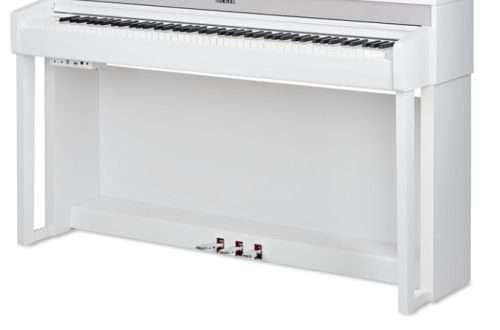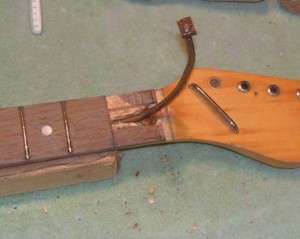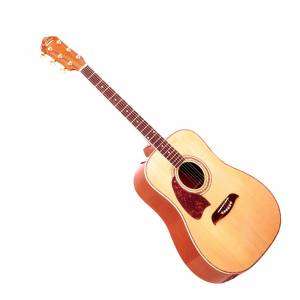How to choose an electronic piano for successful practice?
If you came across this article, then most likely you either want to become a cool arranger, or are tired of your neighbors banging on the wall every time you learn the next passage.
Or it’s possible that you’ve just started playing music and have never heard of the passages, or some other mysterious force is pulling you to a music store. One way or another, you are faced with the question: “how to choose an electronic piano.”
Types of Electronic Piano
First of all, let’s outline the main types of electronic piano: the actual digital piano and the synthesizer. Digital piano made in the likeness of an acoustic one: the same number of keys (88), the same size of keys, the same height of the keyboard position, there are pedals, a lid and a music stand, and most importantly, the keyboard mechanics are weighted.
Synthesizer, on the other hand, is smaller in size, has fewer keys, has a semi-weighted keyboard, is compact and is equipped with useful functions.
At this stage, you can already decide for yourself which electronic piano to choose. Those who study at a music institution should definitely choose a digital piano that maximizes the functionality of an acoustic one. It is clear that those who like to “conjure” timbres and those who are listed as keyboard players in the group will find a synthesizer convenient.
What you should pay attention to?
But how to choose an electronic piano among the same digital ones? Let’s pay attention to the following main parameters.
- “Weighting” of the keyboard. The heavier the keyboard, the smaller the difference in playing feel between an acoustic and an electronic piano. Choose models with fully-weighted and heavy-weighted parameters.
- Key Pressure Sensitivity – this is what determines the strength of the sound when pressed. The touch sensitive keys parameter must be at least level 5, otherwise you will not see the subito piano like your ears.
- Polyphony. This setting determines how many sounds you can play at once, including pedal-held sounds. If you want to create a rich arrangement, then choose an instrument with a polyphony of at least 96, and preferably 128 voices.
- Speaker power. Typically, 24 W (2 x 12 W) is sufficient for an average room. If you like to play in the living room for friends – 40 W. If the instrument is in a small hall, then a power of up to 80 W is required.
Testing the keys
Finally, before you finally choose an electronic piano, you should test the instrument.
- First, listen to someone else play it from the side so you can fully focus on the sound.
- Secondly, listen, are the keys themselves making a loud noise? To do this, turn the volume down to minimum.
- Third, test the keys for wobbliness. When shaking the key, pay attention to the amplitude (it should be minimal) and the absence of noise, otherwise your game will float.
- Fourth, check the keys for sensitivity: play sounds with different strengths and speeds – does the dynamics change? What resistance? The worse the quality of the instrument, the easier the keys are pressed and the “jumpier” they are when pressed. Look for keys that feel heavy when you press them, literally testing each one on a different instrument.
You should also check the duration of the note played on the pedal. Play loudly “C” of the first octave on the pedal without releasing the key, and count the seconds of sound. 10 seconds is the minimum for a good tool.
To summarize the above: the most important thing when choosing a digital piano is to pay attention to the sound and tactile sensations when playing the instrument. The closer it is to acoustic, the better.
By the way, you can not only buy good musical instruments in stores, but also… make them yourself – read the article “Do-it-yourself musical instruments” – you will be surprised how much music there is around!




